Disulfur dichloride

Disulfur dichloride structure
|
Common Name | Disulfur dichloride | ||
|---|---|---|---|---|
| CAS Number | 10025-67-9 | Molecular Weight | 135.03600 | |
| Density | 1.688 g/mL at 25 °C(lit.) | Boiling Point | 138 °C(lit.) | |
| Molecular Formula | Cl2S2 | Melting Point | −80 °C(lit.) | |
| MSDS | Chinese USA | Flash Point | 118ºC | |
| Symbol |



GHS05, GHS06, GHS09 |
Signal Word | Danger | |
| Name | Disulfur Dichloride |
|---|---|
| Synonym | More Synonyms |
| Density | 1.688 g/mL at 25 °C(lit.) |
|---|---|
| Boiling Point | 138 °C(lit.) |
| Melting Point | −80 °C(lit.) |
| Molecular Formula | Cl2S2 |
| Molecular Weight | 135.03600 |
| Flash Point | 118ºC |
| Exact Mass | 133.88200 |
| PSA | 50.60000 |
| LogP | 2.67540 |
| Vapour density | 4.7 (vs air) |
| Vapour Pressure | 6.8 mm Hg ( 20 °C) |
| Index of Refraction | n20/D 1.658(lit.) |
| Water Solubility | reacts |
CHEMICAL IDENTIFICATION
HEALTH HAZARD DATAACUTE TOXICITY DATA
|
| Symbol |



GHS05, GHS06, GHS09 |
|---|---|
| Signal Word | Danger |
| Hazard Statements | H301 + H331-H314-H400 |
| Supplemental HS | Contact with water liberates toxic gas., Reacts violently with water. |
| Precautionary Statements | P280-P301 + P310 + P330-P303 + P361 + P353-P304 + P340 + P310-P305 + P351 + P338-P403 + P233 |
| Personal Protective Equipment | Faceshields;full-face respirator (US);Gloves;Goggles;multi-purpose combination respirator cartridge (US);type ABEK (EN14387) respirator filter |
| Hazard Codes | T:Toxic;C:Corrosive;N:Dangerousfortheenvironment; |
| Risk Phrases | R14;R20;R25;R29;R35;R50 |
| Safety Phrases | S26-S36/37/39-S45-S61 |
| RIDADR | UN 3390 6.1/PG 1 |
| WGK Germany | 3 |
| RTECS | WS4300000 |
| Packaging Group | I |
| Hazard Class | 8 |
| HS Code | 2812104100 |
| Precursor 9 | |
|---|---|
| DownStream 10 | |
| HS Code | 2812104100 |
|---|
|
Synthesis of taurine analogues from alkenes: preparation of 2-aminocycloalkanesulfonic acids.
Adv. Exp. Med. Biol. 483 , 399-401, (2000) (+/-)trans 2-Aminocyclohexanesulfonic acid and (+/-)trans 2-aminocyclopentanesulfonic acid were prepared from cyclohexene and cyclopentene respectively by sulfur monochloride addition, followed by oxi... |
|
|
[Eye burn caused by sulfur monochloride].
Bull. Soc. Ophtalmol. Fr. 87(3) , 429-30, (1987)
|
|
|
Hypochlorite-induced oxidation of thiols: formation of thiyl radicals and the role of sulfenyl chlorides as intermediates.
Free Radic. Res. 33(6) , 719-29, (2000) Activated phagocytic cells generate hypochlorite (HOCl) via release of hydrogen peroxide and the enzyme myeloperoxidase. HOCl plays an important role in bacterial cell killing, but excessive or mispla... |
| MFCD00011446 |
| Disulfur dichloride |
| chlorosulfanyl thiohypochlorite |
| EINECS 233-036-2 |
 CAS#:7782-50-5
CAS#:7782-50-5 CAS#:7704-34-9
CAS#:7704-34-9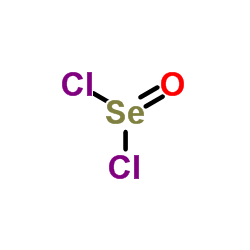 CAS#:7791-23-3
CAS#:7791-23-3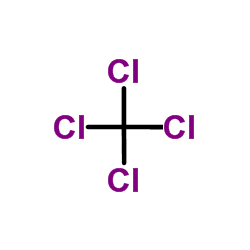 CAS#:56-23-5
CAS#:56-23-5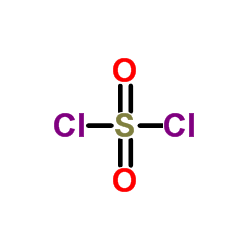 CAS#:7791-25-5
CAS#:7791-25-5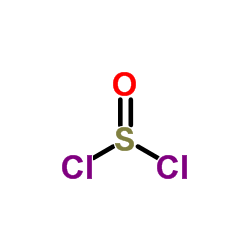 CAS#:7719-09-7
CAS#:7719-09-7 CAS#:10545-99-0
CAS#:10545-99-0 CAS#:7440-31-5
CAS#:7440-31-5 CAS#:10544-50-0
CAS#:10544-50-0 CAS#:3982-91-0
CAS#:3982-91-0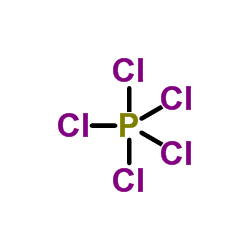 CAS#:10026-13-8
CAS#:10026-13-8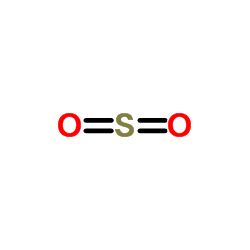 CAS#:7446-09-5
CAS#:7446-09-5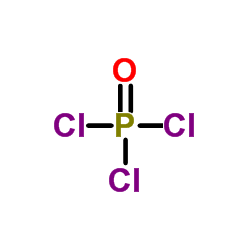 CAS#:10025-87-3
CAS#:10025-87-3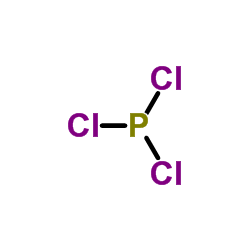 CAS#:7719-12-2
CAS#:7719-12-2 CAS#:7726-95-6
CAS#:7726-95-6 CAS#:13798-23-7
CAS#:13798-23-7 CAS#:106763-15-9
CAS#:106763-15-9